Index
| Description | Additional Information |
|---|---|

Mycobacterium tuberculosis: Diagnostic Principles and Procedures Learn State-of-the-art diagnostic molecular and growth-based methods for detection, isolation, identification (ID), and drug susceptibility testing (DST) of Mycobacterium tuberculosis complex (MTBC). |
Live Event: 3/19/19 – 3/22/19 Level: Intermediate Registration Closed. |

Antimicrobial Susceptibility CLSI Standards Learn about the supplemental tables that correlate with the standards and the interpretive criteria for antimicrobials recommended for testing a variety of bacteria. This course provides essential information for those new to antimicrobial susceptibility testing and serves as an important refresher for experienced laboratory professionals |
On-demand eLearning Level: Basic |

Antimicrobial Susceptibility Testing Methods (AST) Learn technical and regulatory considerations for any method of medical laboratory antimicrobial susceptibility testing. This course provides essential information for those new to antimicrobial susceptibility testing and an important refresher for laboratory professionals with more experience. |
On-demand eLearning Level: Basic |

This course provides clinical laboratory scientists with information about the laboratory identification of anthrax. This training assists clinical laboratory scientists in recognizing potential agents of bioterrorism that they may encounter during routine laboratory work-ups of sputum, blood and aspirate/biopsy specimens. |
On-demand eLearning Level: Intermediate |

Basic Microbiology eLearning Curriculum Learn basic microbiology laboratory skills and procedures necessary to identify microorganisms from clinical specimens. Courses include: Basic Microscopy, Basic Culture Media, Biochemicals and Gram Positive Organism ID, Biochemicals and Gram Negative Organism ID, Routine Microscopy Procedures, Antimicrobial Susceptibility Testing Methods (AST). |
On-demand eLearning Level: Basic |

Biothreat Preparedness Training for Sentinel Laboratories Curriculum Learn the Laboratory Response Network (LRN) protocols for bioterrorism agent identification. Courses include: Bacillus anthracis, Brucella spp., Burkholderia spp., Yersinia pestis, Francisella tularensis. |
On-demand eLearning Level: Intermediate |
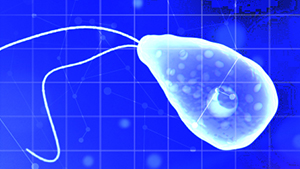
Brain-Eating Amoebae – Challenges in Diagnosis and Treatment Learn the importance of using a combination of morphology, immunofluorescence microscopy, and real-time PCR for rapid and accurate diagnosis of the three amoebae that cause human central nervous system infections. |
On-demand eLearning Level: Intermediate |

This course provides clinical laboratory scientists with information about the laboratory identification of Brucella spp. species. The goal is to assist clinical laboratory scientists in better recognizing potential biothreat agents they may encounter during routine laboratory work-ups of sputum, blood and aspirate/biopsy specimens. |
On-demand eLearning Level: Intermediate |

BT Rule Out or Refer: Virtual Knowledge Exercise Participate in a series of three virtual case studies using ASM’s sentinel laboratory protocols in a safe environment to detect potential bio-threat agents. |
On-demand eLearning Level: Basic |

This course provides clinical laboratory scientists with information about the laboratory identification of Burkholderia spp. The goal is to assist clinical laboratory scientists in better recognizing potential biothreat agents they may encounter during routine laboratory work-ups of sputum, blood and aspirate/biopsy specimens. |
On-demand eLearning Level: Intermediate |

Learn several core microbiological skills that are used in public health, clinical, and research laboratories.
|
On-demand eLearning Level: Basic |
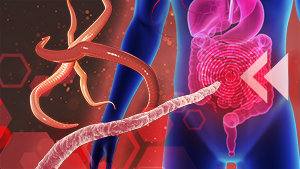
Diagnostic Features of Intestinal Nematodes Learn an overview an overview of the morphologic features that are important in correctly identifying intestinal nematode eggs, larvae, and adult worms. |
On-demand eLearning Level: Basic |
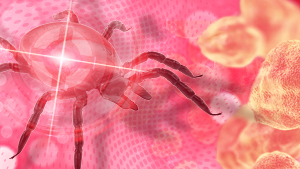
This course provides clinical laboratory scientists with information about the laboratory identification of Francisella tularensis. The goal is to assist clinical laboratory scientists in better recognizing potential biothreat agents they may encounter during routine laboratory work-ups of sputum, blood and aspirate/biopsy specimens. |
On-demand eLearning Level: Intermediate |
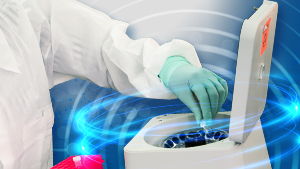
Fundamentals of Centrifuge Safety Learn the major parts of a centrifuge, types of centrifuges, potential hazards, how to work safely with a centrifuge, and what to do if there is an emergency. |
On-demand eLearning Level: Basic |
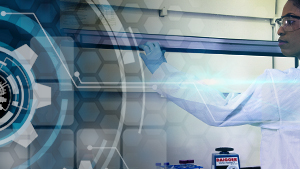
Fundamentals of Chemical Fume Hood Safety Learn the major components of a chemical fume hood and proper practices for its safe and effective operation.
|
On-demand eLearning Level: Basic |
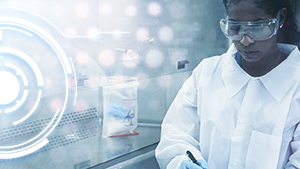
Fundamentals of Working Safely in a Biological Safety Cabinet Learn how to work safely in a Class II biological safety cabinet (BSC). |
On-demand eLearning Level: Basic |
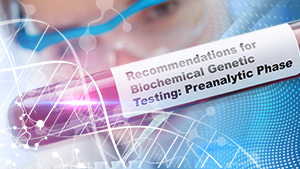
Good Laboratory Practice Recommendations for Biochemical Genetic Testing: Preanalytic Phase Learn an overview of the quality practices in the preanalytic phase of biochemical genetic testing. |
On-demand eLearning Level: Basic |

Good Laboratory Practices for Molecular Genetics Testing Learn to develop procedures and processes for a molecular genetic test which are consistent with regulatory requirements and good laboratory practices. |
On-demand eLearning Level: Basic |
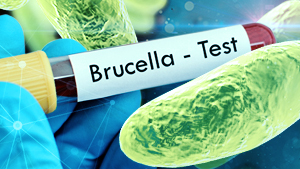
Human brucellosis associated with Brucella abortus: RB51 Shedding in Milk: A New problem? Learn the elements of laboratory response to an unknown chemical agent exposure, including sample collection, sample testing, and surge capacity testing through state public health laboratories. |
On-demand eLearning Level: Basic |

Introduction to Laboratory Informatics Learn the journey of a specimen through the laboratory and explore the generation and transmission of data and results within and outside of the laboratory. |
On-demand eLearning Level: Basic |

Learn powerful mass spectrometry-based methods for the detection and differentiation of protein toxins. |
On-demand eLearning Level: Basic |

Methods of Antimicrobial Susceptibility Testing Educational Resource (MASTER) elearing Curriculum Learn a detailed overview of the Clinical and Laboratory Standards Institute (CLSI) standards for antimicrobial susceptibility testing of bacteria isolated from clinical specimens. |
On-demand eLearning Level: Basic |
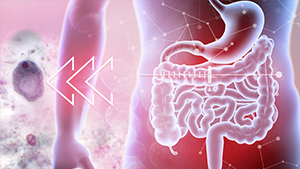
Morphological Identification of the Commensal Protozoa of the Human Intestinal Tract Learn an overview of the morphological identification and differentiation of cyst and trophozoite forms of the non-pathogenic or unknown pathogenicity protozoa of the human intestinal tract. |
On-demand eLearning Level: Basic |

Overview of CDC’s Nuclear Radiation Training and Exercise Program Learn an overview of CDC’s internal nuclear/radiation preparedness process and how to use this experience in respective planning for any nuclear/radiation emergency. |
On-demand eLearning Level: Basic |

Overview of the Rapid Toxic Screen and Laboratory Response Network for Chemical Threats (LRN-C) Learn the elements of laboratory response to an unknown chemical agent exposure, including sample collection, sample testing, and surge capacity testing through state public health laboratories. |
On-demand eLearning Level: Basic |
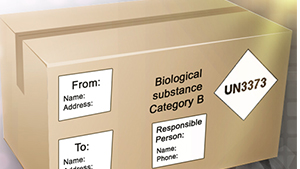
Packing and Shipping Division 6.2 Materials: What the Laboratory Professional Should Know 2016 Learn what the laboratory professional should know to be certified (or recertified) to ship Division 6.2 Materials. |
On-demand eLearning Level: Intermediate |

Rapid Prostate Specific Antigen Testing for Detecting Semen Exposure Learn how the ABAcard® p30 test is used to identify prostate specific antigen (PSA) in semen. |
On-demand eLearning Level: Basic |
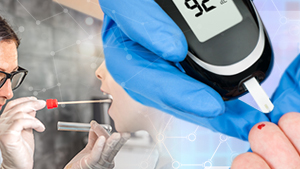
Ready? Set? Test! Patient Testing is Important. Get the Right Results Learn how to safely and accurately perform patient testing waived under the Clinical Laboratory Improvement Amendments of 1988. |
On-demand eLearning Level: Basic |
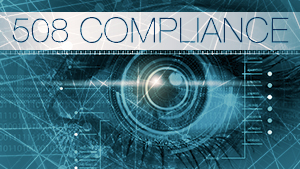
Why, When, and How to Create a Section 508-Compliant Document Learn the importance of creating Section 508-compliant material and publicly available resources, common issues encountered by authors and developers, and potential solutions. |
On-demand eLearning Level: Basic |

This course provides clinical laboratory scientists with information about the laboratory identification of Yersinia pestis. The goal is to assist clinical laboratory scientists in better recognizing potential bioterrorism agents they may encounter during routine laboratory work-ups of sputum, blood and aspirate/biopsy specimens. |
On-demand eLearning Level: Intermediate |


